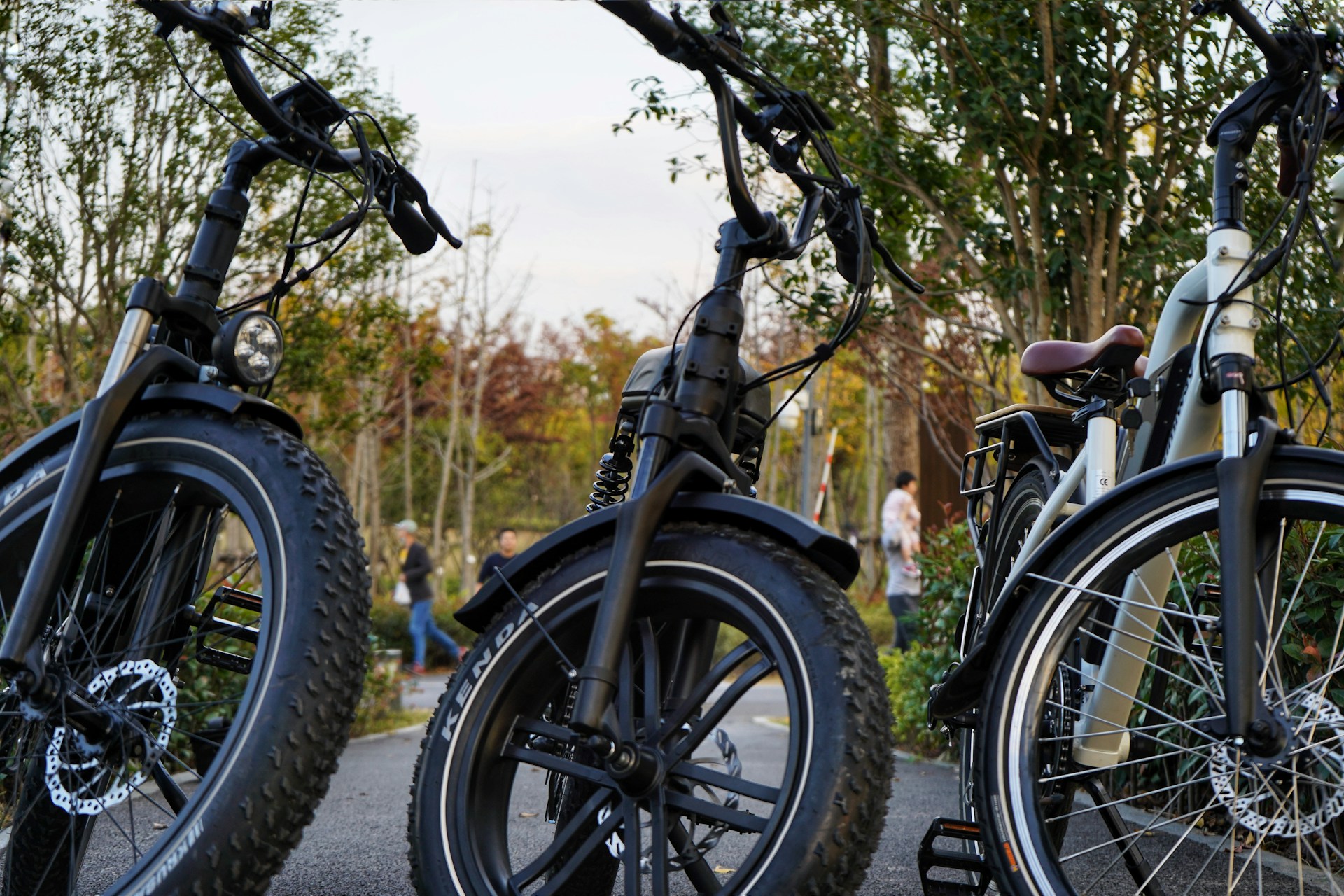

When we decided to write this guide together, we realized we approach e-bike buying from two different angles. One of us wants to know “will this actually make my rides better?” while the other reads every spec sheet and forum thread before making a decision. After months of testing and research, we’ve learned which marketing claims hold up and which don’t. Whether you want straight answers about what works or need to understand the engineering behind it all, this guide has you covered.
Browse This Guide
- What is an E-Bike? (And Why You Should Care)
- Types of E-Bikes: Finding Your Match
- E-Bike Range: The Truth About Battery Life
- Which E-Bike is Right for You?
- Frame Materials: Aluminum vs. Carbon vs. Steel
- Weight Limits and Load Capacity
- E-Bike Pricing: What You Actually Get for Your Money
- Motor Types: Mid-Drive vs. Hub Drive Reality Check
- New vs. Used E-Bike Buying
- Online vs. Local Bike Shop Buying
- E-Bike Maintenance Costs: The Real Numbers
What is an E-Bike? (And Why You Should Care)
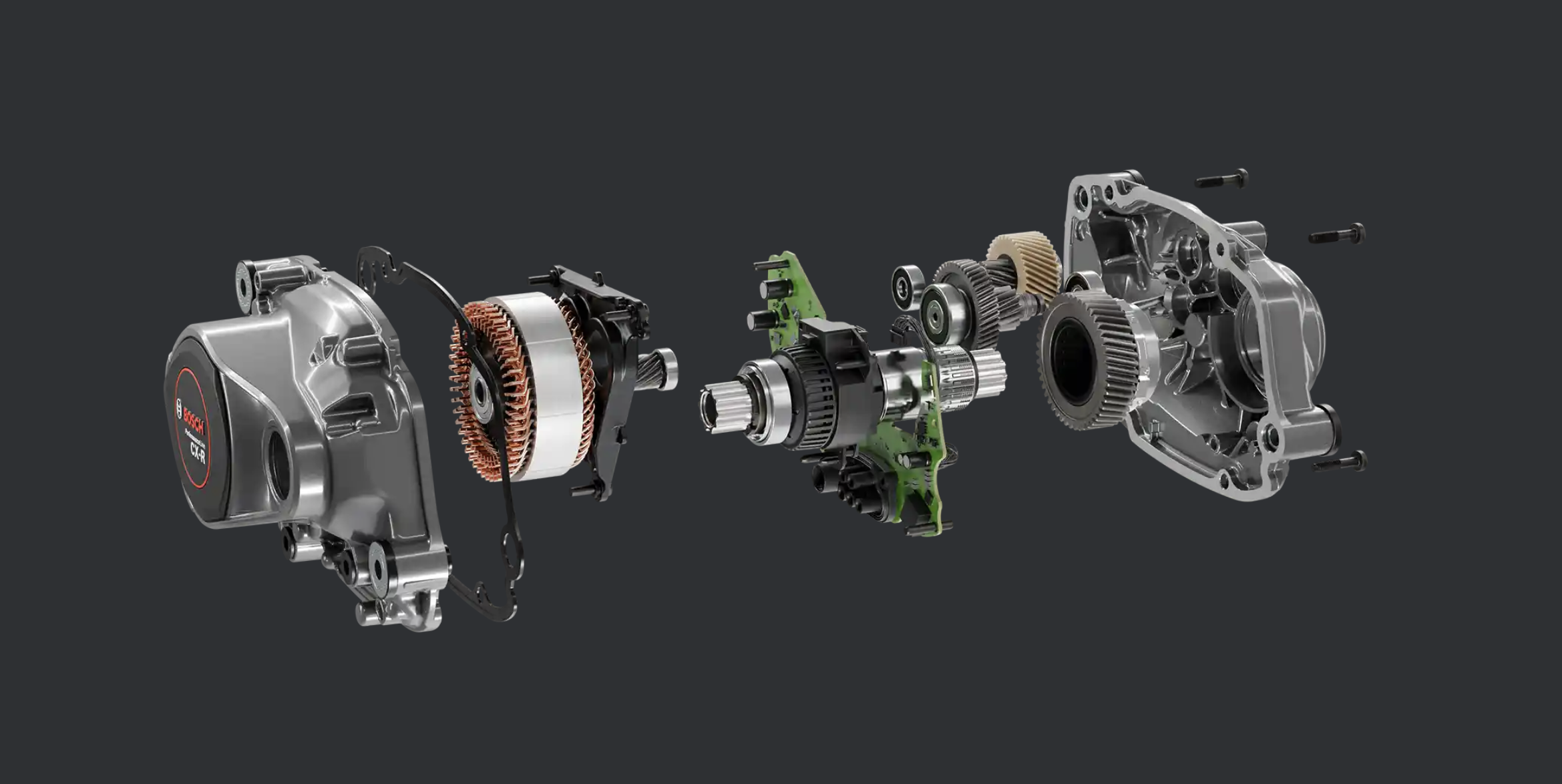
Let’s start simple. An e-bike is a regular bicycle with a motor that helps you pedal. The engineering is more sophisticated than it sounds—there are three classes of e-bikes in the US, each with different speed limits and motor behaviors. Class 1 and 3 require pedaling (pedal-assist only), while Class 2 includes throttle options. Understanding these differences affects everything from where you can ride to insurance considerations.
Here’s what matters for most people: an e-bike doesn’t make you a superhero. It makes hills less awful and headwinds less miserable. If you’re thinking it’ll turn you into a speed demon or replace your car completely, pump the brakes. Most e-bike owners report using them for 2-3x longer rides than they’d attempt on regular bikes, but average speeds only increase by 3-5 mph over traditional cycling. The real benefit is sustaining effort over longer distances, not raw speed.
Types of E-Bikes: Finding Your Match
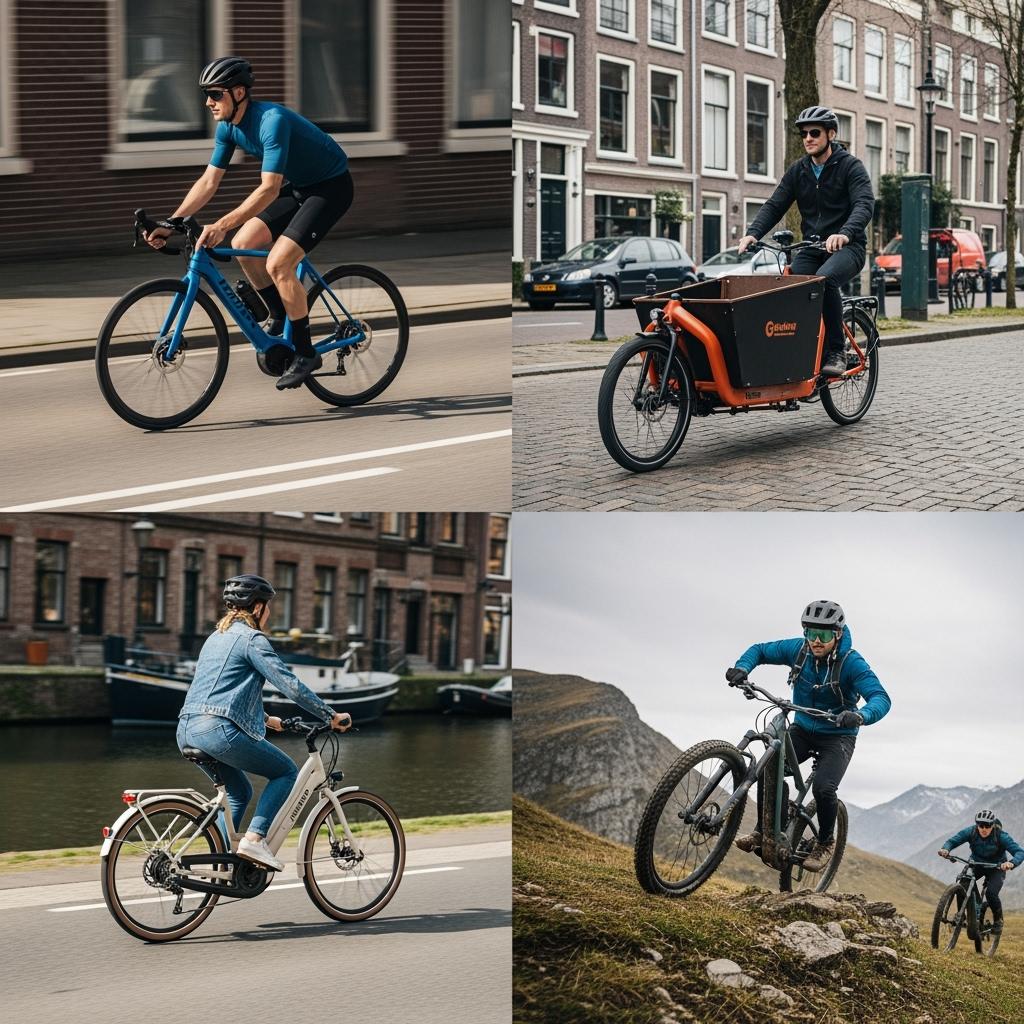
This is where people get overwhelmed. There are e-bikes for everything now—mountain, road, cargo, folding, fat tire, you name it. Start with how you actually ride, not how you think you might ride someday. The motor placement and frame geometry create fundamentally different riding experiences.
Mountain E-Bikes

These might seem like cheating until you try one. They just change the game. Instead of dying halfway up a climb, you can focus on technique and actually enjoy the descent. The torque sensors on quality e-MTBs provide proportional assistance—more effort from you equals more help from the motor. Mid-drive systems work better here because they leverage your bike’s gearing, providing better climbing efficiency than hub motors.
Road E-Bikes
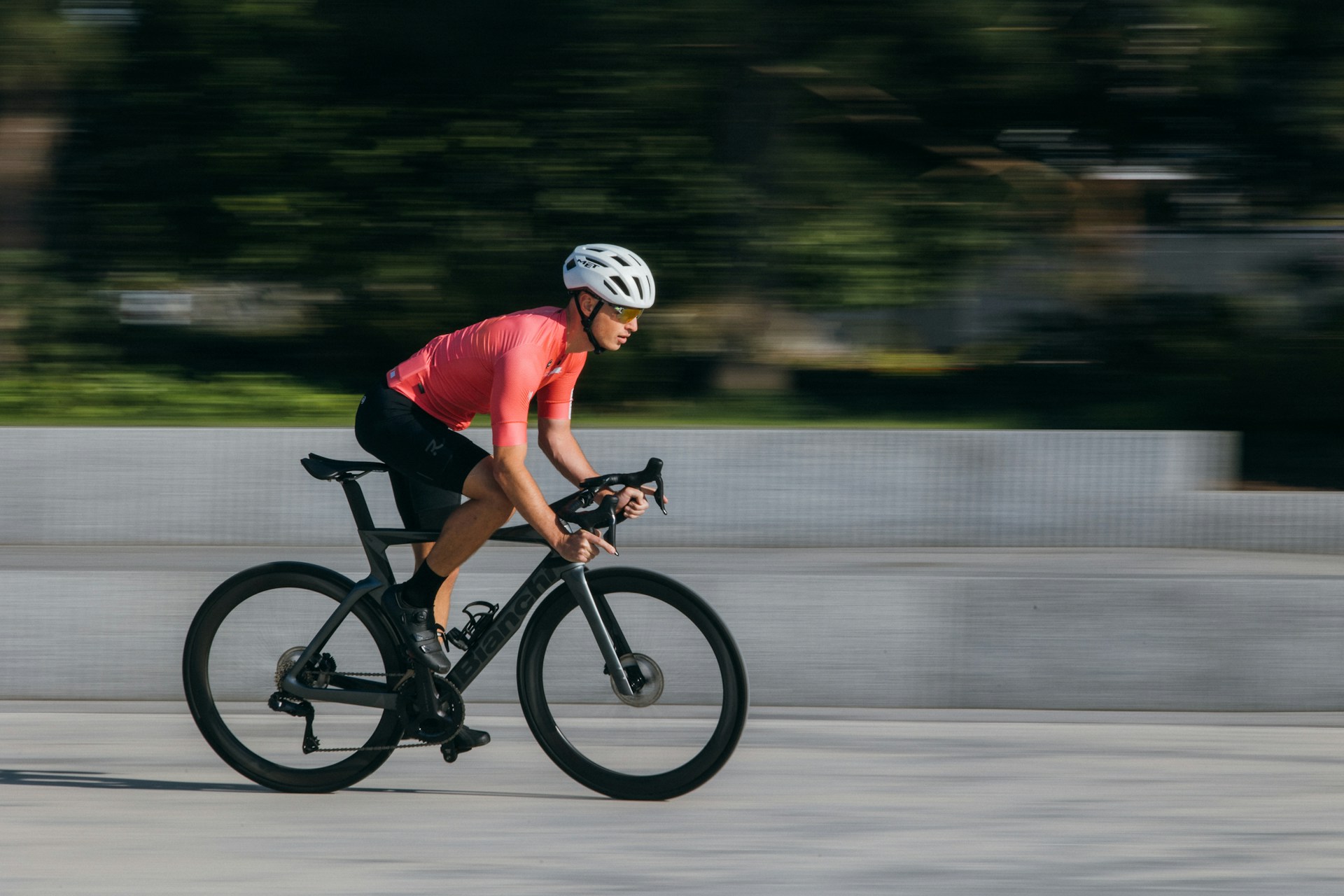
These optimize for efficiency and range. The aerodynamic positioning and lighter weight (typically 35-45 lbs vs 50-70 lbs for e-MTBs) make them ideal for longer distance riding. However, the assistance cuts off at 20-28 mph depending on class. They’re great for keeping up with faster groups or fighting headwinds, but don’t expect them to turn you into a Tour de France contender. The motor helps when you need it most—hills and bad weather.
Hybrid E-Bikes

The Swiss Army knife option. They handle everything decent but nothing exceptionally. Perfect if you’re not sure what kind of riding you’ll do. Hybrid geometry provides comfortable positioning with moderate efficiency. Most use hub motors for simplicity and lower maintenance. The trade-off is less sophisticated torque sensing and reduced climbing performance compared to mid-drive systems.
Cargo E-Bikes
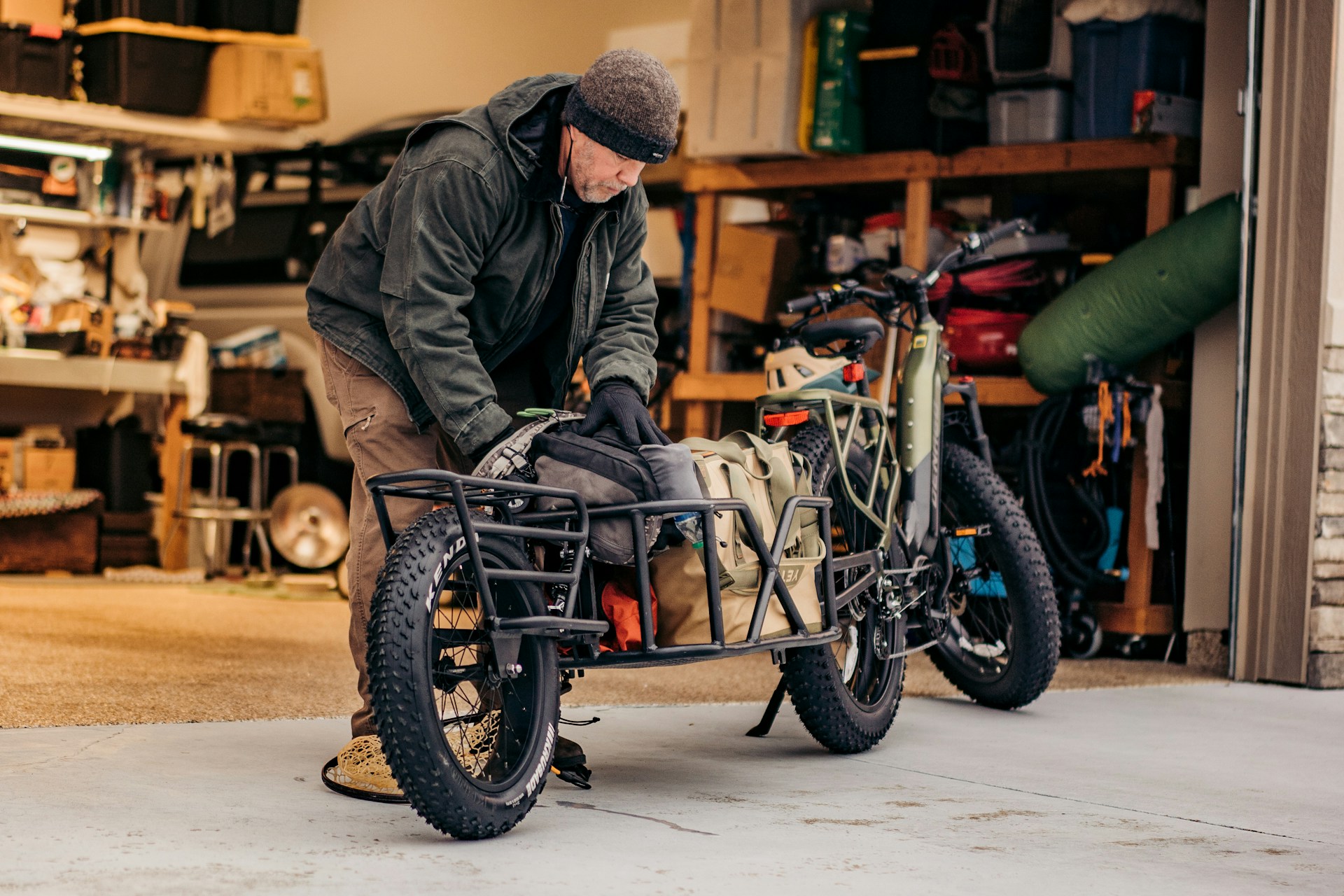
The engineering here is impressive. Quality cargo bikes handle 300-400 lbs total weight while maintaining stability. The longer wheelbase and lower center of gravity actually make them more stable than standard bikes when loaded. They’re basically pickup trucks that happen to have pedals. They can replace more car trips than expected, but parking and storage become real considerations.
Full-Suspension vs. Hardtail vs. No Suspension
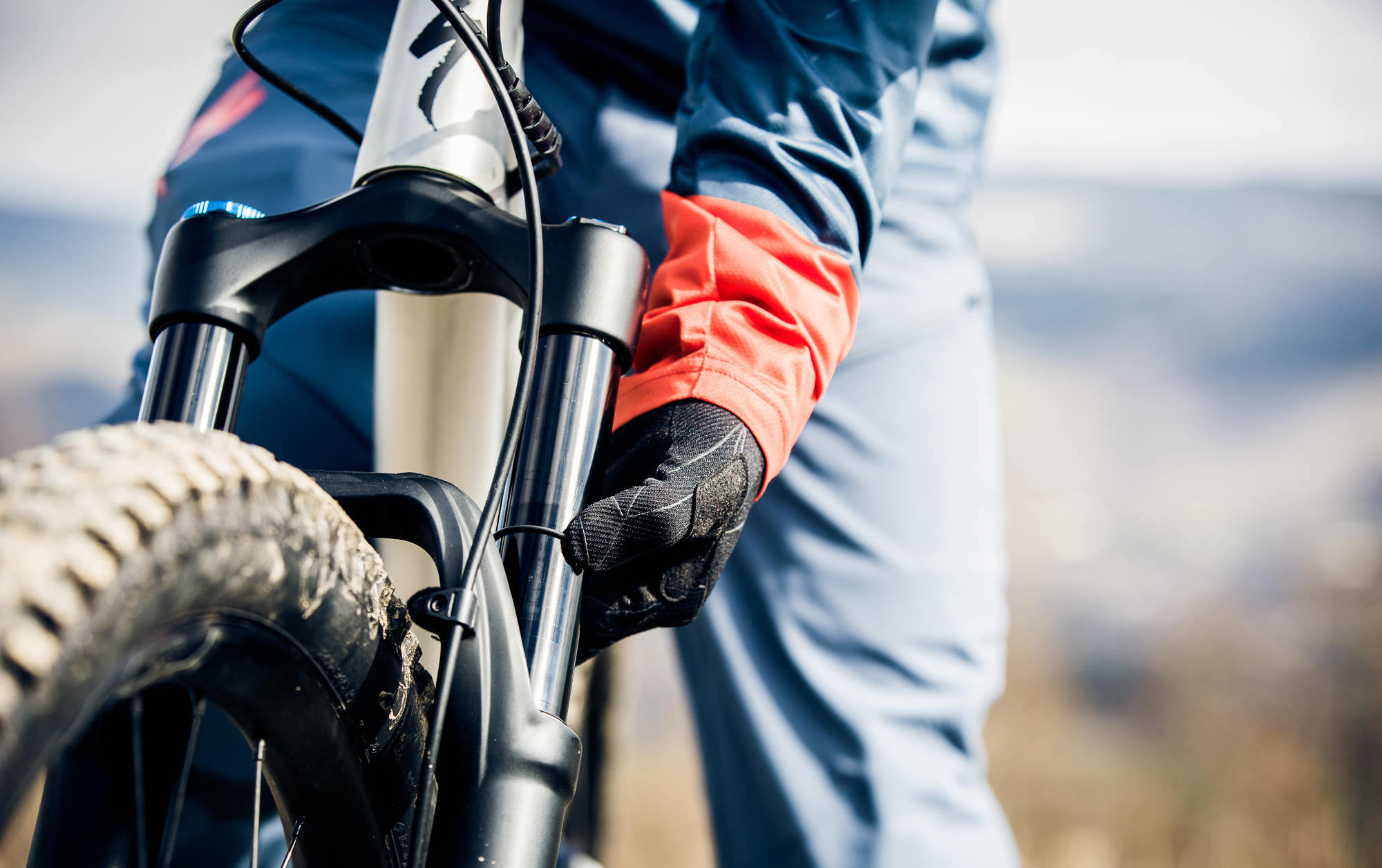
Here’s where people spend money they don’t need to spend. Unless you’re actually hitting trails or dealing with truly rough roads, suspension is just extra weight and maintenance. The data supports this for most riders. Full suspension adds 3-5 lbs and increases complexity. However, for riders over 200 lbs or those planning serious off-road use, the comfort benefits justify the trade-offs.
The marketing promises comfort, but what suspension actually does is change how you feel impacts. On smooth roads, it’s just extra bounce. On rough trails, it’s the difference between enjoying the ride and enduring it. Quality air suspension allows tuning for rider weight and preference. Cheap suspension—the kind found on sub-$2,000 e-bikes—often creates more problems than it solves. It’s either suspension done right or no suspension at all.
E-Bike Range: The Truth About Battery Life
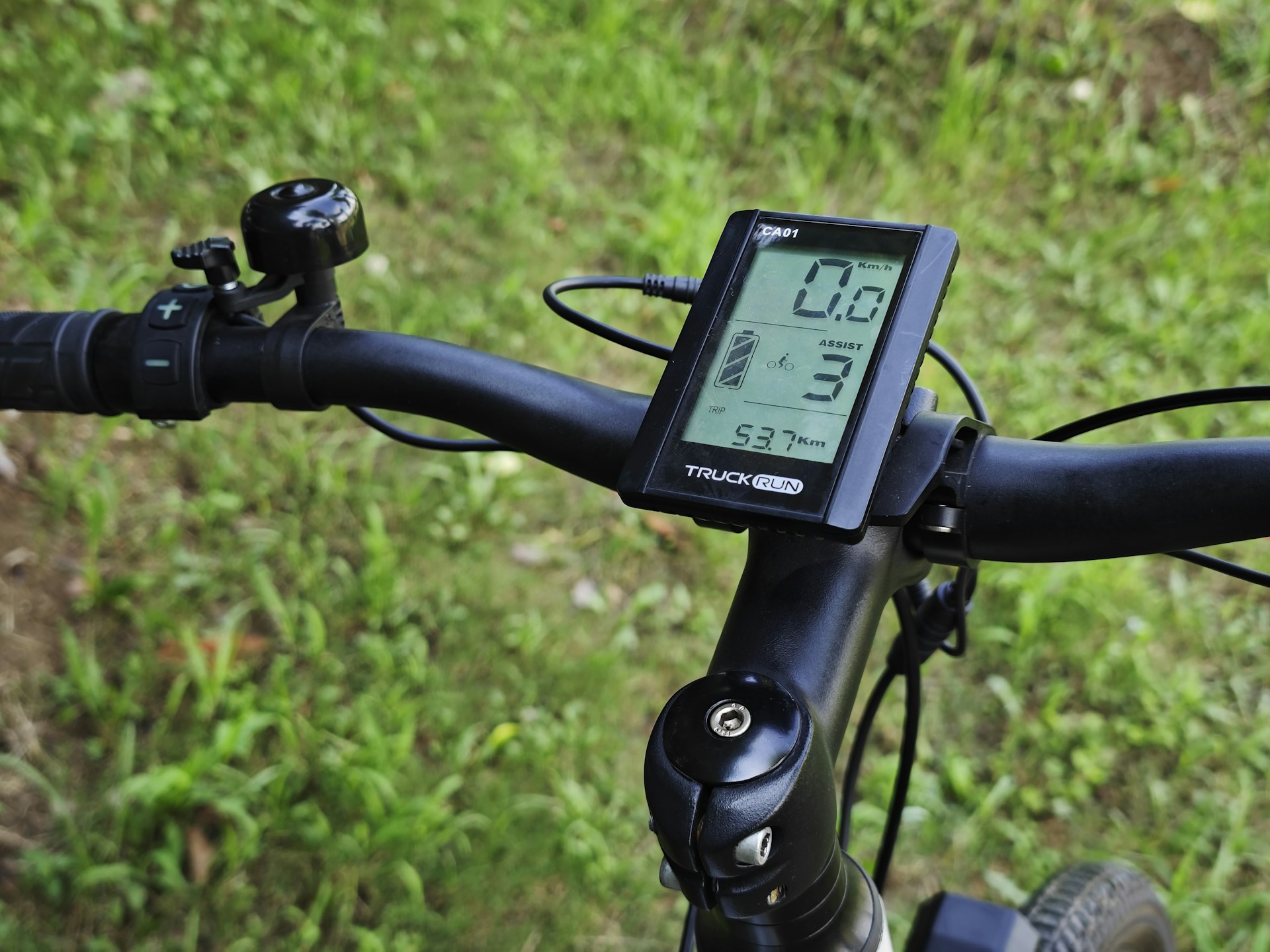
This is where manufacturers get creative with the truth. They’ll claim “up to 60 miles of range” based on ideal conditions that don’t exist in the real world. Range depends on five primary factors: rider weight, terrain, assistance level, weather conditions, and battery capacity (measured in watt-hours). Manufacturers typically test with 150 lb riders on flat ground using minimal assistance.
In real life? Cut their range claims in half and you’ll be closer to reality. Testing shows 250-300 watt-hours provides 20-30 miles of real-world range for most riders. Batteries above 500 wh can achieve 40+ miles, but weight increases significantly. The sweet spot for most riders is 400-500 wh—enough range for longer rides without excessive weight.
Here’s what really affects range: hills kill batteries fast, cold weather reduces capacity by 20-30%, and headwinds are battery vampires. Plan accordingly.
Which E-Bike is Right for You?
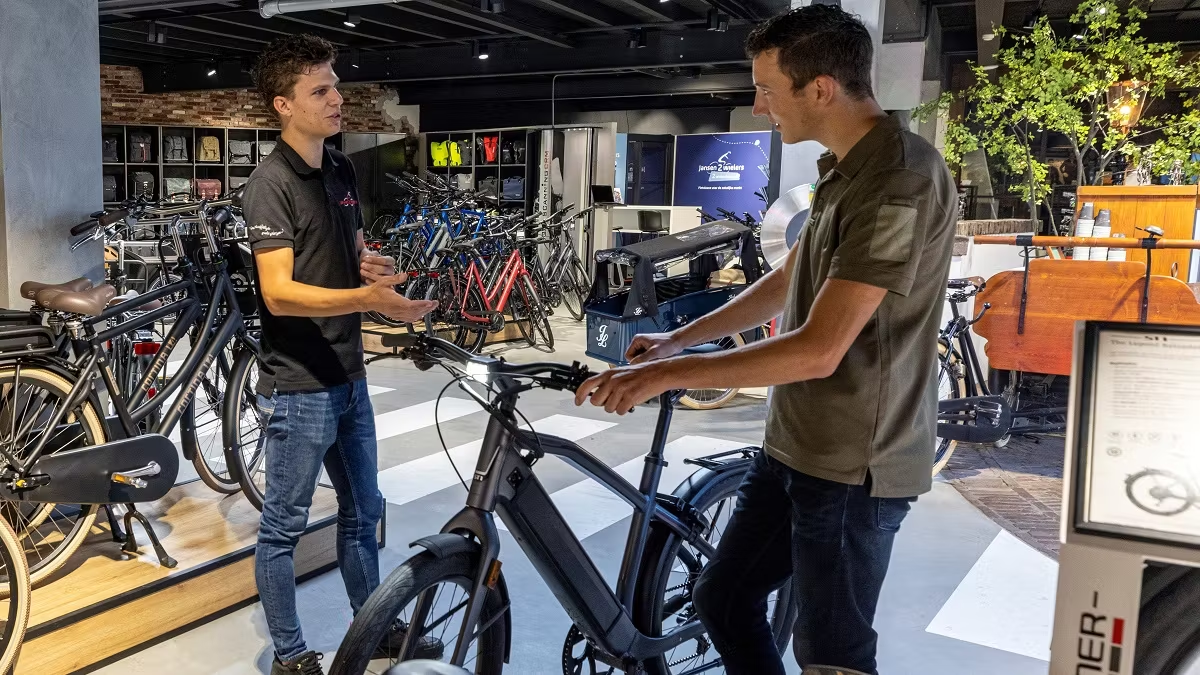
After researching hundreds of models, the right e-bike depends more on honest self-assessment than specifications. Before getting too analytical, ask the practical questions: Where will you actually ride this thing? How often? And be honest—are you buying this to start exercising or to make existing rides better?
Research-Driven Questions:
• What’s your realistic budget including accessories?
• What’s the hilliest route you’ll regularly ride?
• How far is your longest planned ride?
• Where will you store and charge the bike?
• Do you need to transport it by car?
Reality-Check Questions:
• How much do you currently ride?
• What stopped you from riding more before?
• Are you replacing car trips or extending bike rides?
• How much maintenance are you willing to do?
If you’re currently riding 5 miles once a month, don’t buy a $5,000 e-bike expecting it to change your life. Start with something reasonable and see if you actually use it. Conversely, if you’re already riding regularly, investing in quality components pays off. The difference between a $1,500 and $3,000 e-bike is substantial in terms of motor responsiveness, build quality, and long-term reliability.
Frame Materials: Aluminum vs. Carbon vs. Steel
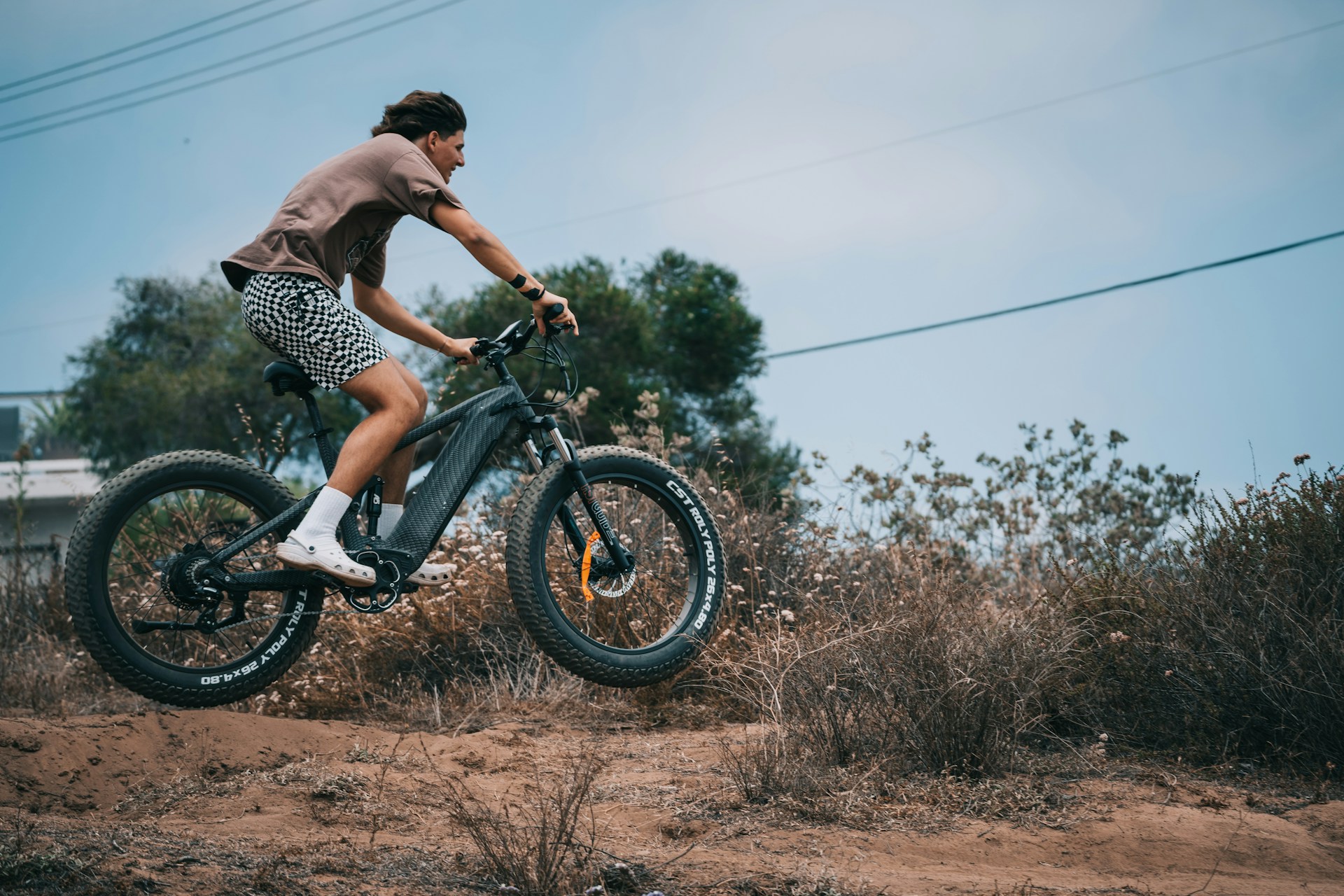
The engineering differences here are fascinating. Carbon fiber offers the best strength-to-weight ratio and can be shaped for optimal aerodynamics. However, e-bikes already carry 20+ lbs of motor and battery, so weight savings matter less than on traditional bikes. Carbon is nice to have but not necessary. The weight difference is noticeable when carrying the bike upstairs, not when riding it.
Aluminum provides excellent value. Modern aluminum alloys offer good durability and stiffness at reasonable cost. Steel, while heavier, provides superior ride quality and is easier to repair. For touring or heavy-duty use, steel frames make sense.
Most people should buy aluminum. It’s strong enough, light enough, and won’t break the budget. Save the extra money for a better motor or larger battery—those upgrades you’ll actually feel while riding. Frame geometry matters more than material for comfort and handling. A well-designed aluminum frame rides better than a poorly executed carbon frame, regardless of price.
Weight Limits and Load Capacity
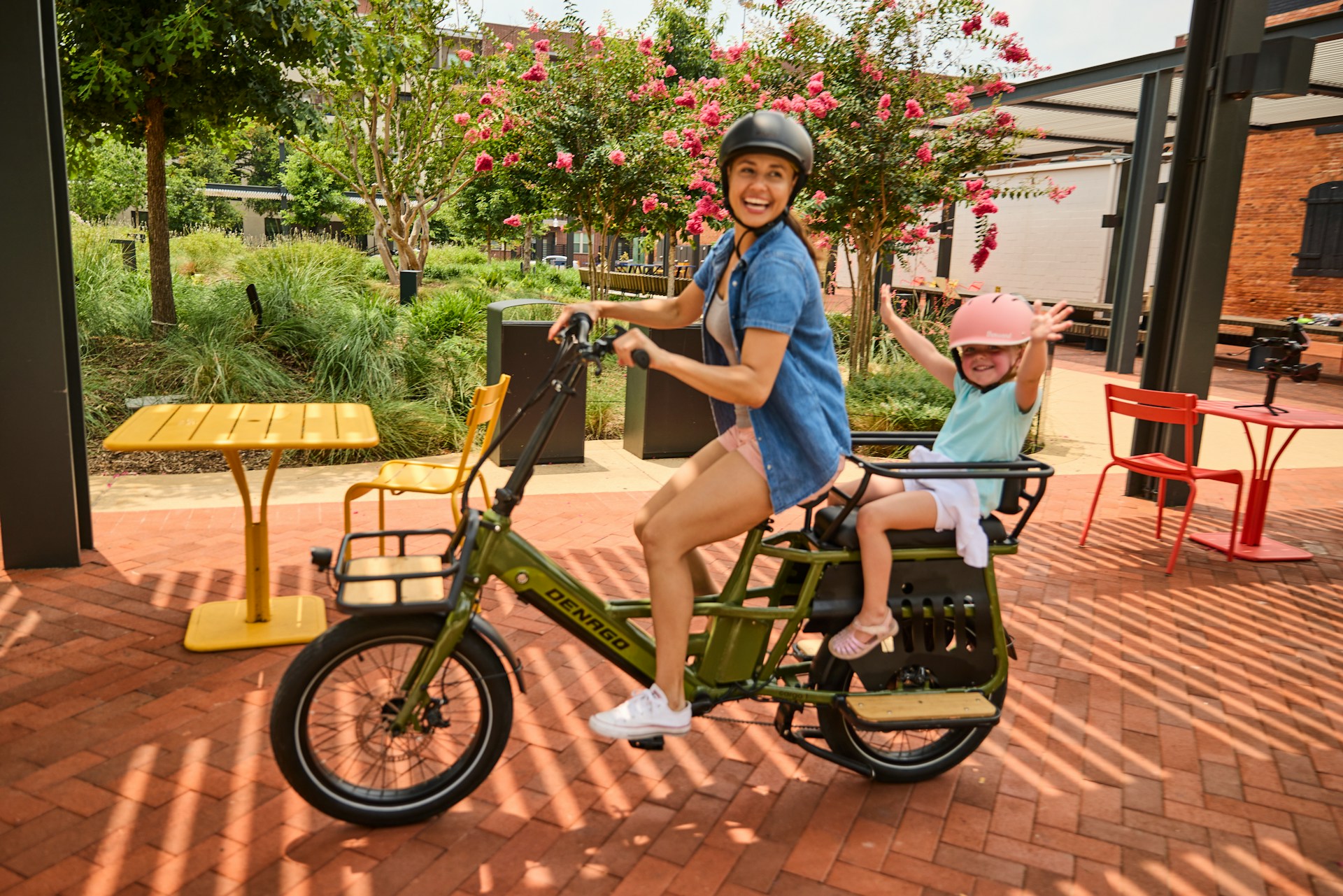
Let’s address the elephant in the room. Most e-bikes have weight limits between 250-300 lbs total (rider plus cargo). This isn’t about frame strength—it’s about motor performance, battery life, and braking capacity. Exceeding weight limits doesn’t immediately break anything, but it significantly reduces range and can cause premature component wear.
For heavier riders, look for bikes specifically designed with higher weight capacities (350+ lbs). These typically feature more robust brakes, stronger wheels, and motors tuned for additional load. Don’t try to save money with a standard e-bike if you’re near the weight limit—the performance compromises aren’t worth it.
Cargo capacity is separate from rider weight. A 200-lb rider on a bike with 300-lb total capacity can carry 100 lbs of cargo. Plan for groceries, work gear, or kids accordingly. Remember that weight distribution matters as much as total weight—front and rear cargo affects handling differently.
E-Bike Pricing: What You Actually Get for Your Money
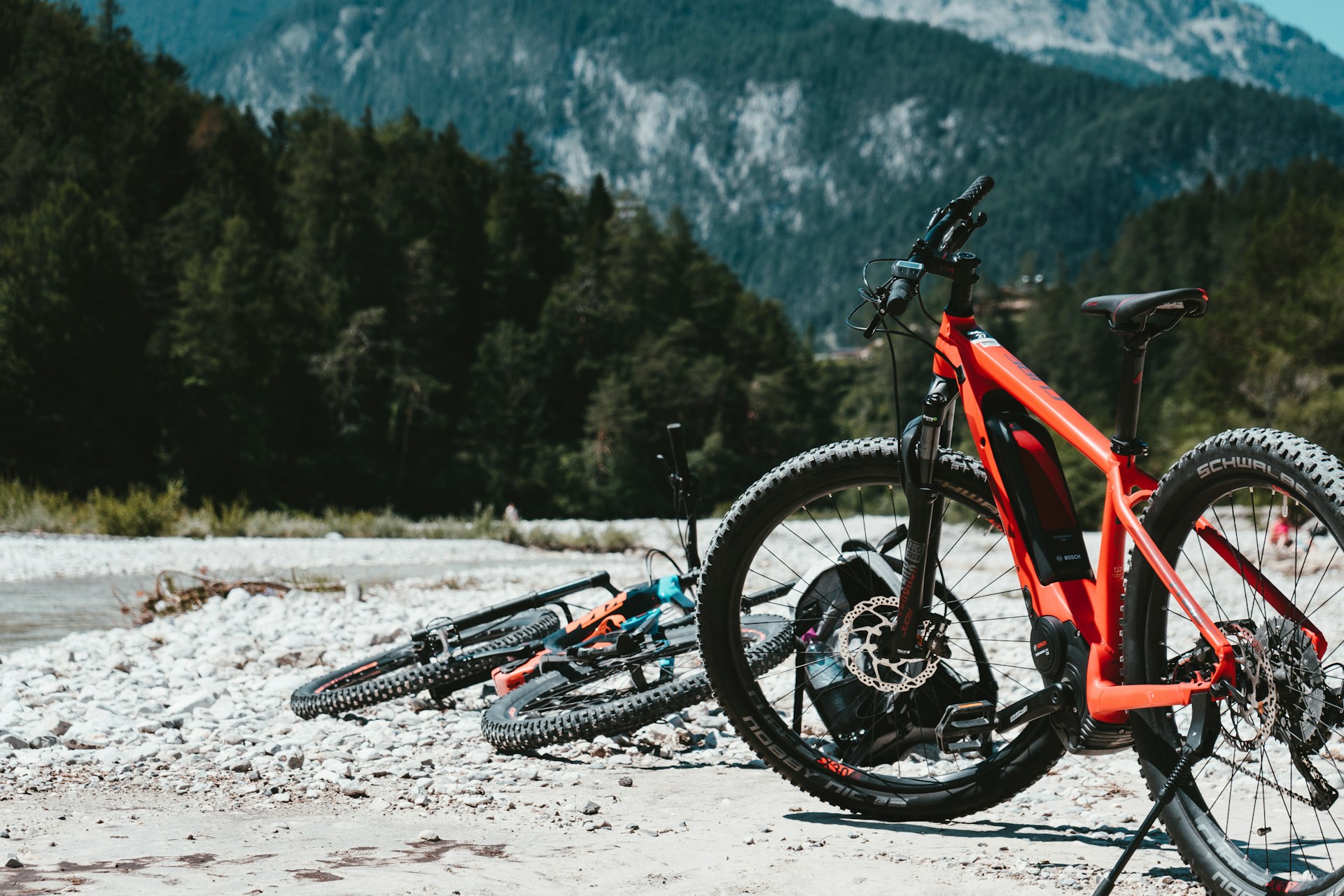
E-bike pricing makes more sense when you understand where the money goes. The motor and battery typically account for 40-50% of the bike’s cost, which is why you see such big price jumps between tiers.
$1,000-$1,500: Entry Level Basic hub motors, smaller batteries (300-400 wh), basic components. Good for flat terrain and short rides. Expect limited range and basic assistance.
$1,500-$2,500: Sweet Spot Better motors, larger batteries (400-500 wh), decent components. This range offers the best value for most riders. You get reliable performance without premium pricing.
$2,500-$4,000: Premium Mid-drive motors, large batteries (500+ wh), quality components. Significant improvements in motor responsiveness, build quality, and durability.
$4,000+: Luxury/Specialty Top-tier motors, maximum batteries, premium components. Carbon frames, advanced suspension, and specialized features. The performance gains are real but follow diminishing returns.
Here’s what actually affects your riding experience: motor quality matters more than battery size for most people. A responsive motor with good torque sensing makes every ride better. A massive battery just means you can ride poorly for longer.
Motor Types: Mid-Drive vs. Hub Drive Reality Check
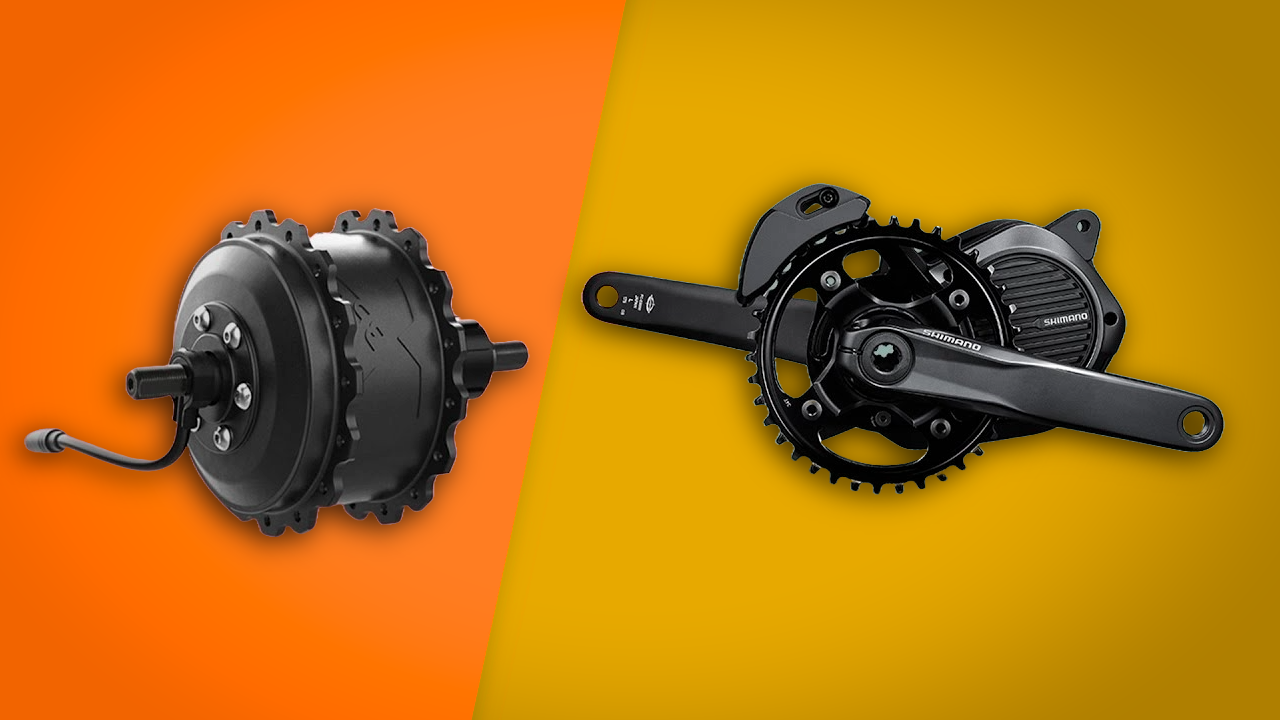
This is where the technical differences actually matter for your riding experience. Hub motors (in the wheel) and mid-drive motors (at the pedals) feel completely different when riding.
Hub Motors: Simple, reliable, cheaper to manufacture. The motor spins the wheel directly, independent of your pedaling cadence. This creates a more “moped-like” feeling—the motor does its thing, you do yours. Less sophisticated torque sensing means assistance can feel on/off rather than proportional.
Mid-Drive Motors: More complex, expensive, but leverage your bike’s gearing. The motor assists your pedaling force, so it feels more natural. Better hill climbing because the motor can use low gears. More sophisticated sensors provide proportional assistance—pedal harder, get more help.
For flat terrain and casual riding, hub motors work fine and cost less. For hills, varied terrain, or longer rides, mid-drive systems provide better performance. The difference becomes obvious on climbs—hub motors provide constant power regardless of your effort, while mid-drive systems amplify your pedaling.
For a comprehensive deep-dive comparison with detailed testing data and specific recommendations: Read our complete Mid-Drive vs Hub Drive Motor Guide
New vs. Used E-Bike Buying
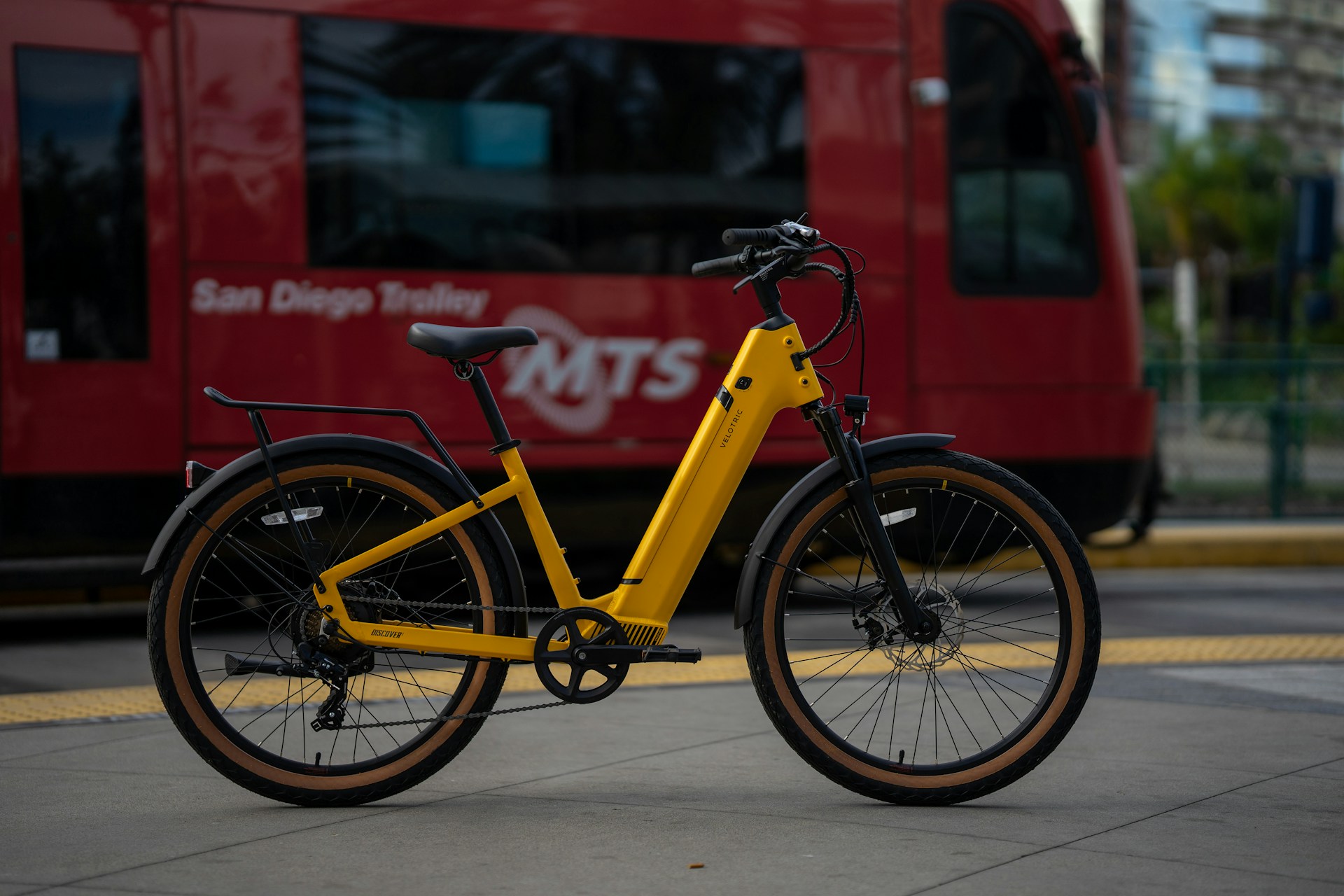
The used e-bike market is tricky. Batteries degrade over time, and replacement costs can be 30-50% of the bike’s original price. A three-year-old e-bike might seem like a deal until you discover the battery needs replacement.
Red flags when buying used:
• Battery won’t hold charge or shows significant capacity loss
• Strange motor noises or inconsistent assistance
• Obvious crash damage to frame or motor
• Missing charger or proprietary components
• Seller can’t demonstrate full functionality
What to inspect:
• Test ride at full battery and after 30+ minutes of riding
• Check all assistance levels and motor response
• Inspect battery connections and mounting points
• Verify all electronic components function properly
• Ask about maintenance history and any repairs
Used e-bikes from reputable brands with available parts make more sense than cheap imports with unknown support. A used Trek or Specialized e-bike is safer than a new no-name brand from overseas.
Online vs. Local Bike Shop Buying

This decision affects more than just price. E-bikes require assembly, setup, and ongoing maintenance that’s more complex than traditional bikes.
Online Advantages:
• Better prices and selection
• Direct-to-consumer brands often offer better value
• No sales pressure or upselling
• Detailed specifications and reviews available
Local Shop Advantages:
• Professional assembly and setup
• Immediate warranty service and support
• Test rides before purchasing
• Relationship for ongoing maintenance
• Local expertise about terrain and riding conditions
The Reality: Most e-bikes need professional assembly regardless of where you buy them. Motor calibration, brake adjustment, and electrical connections aren’t DIY projects for most people. Factor assembly costs ($150-300) into online pricing.
Some direct-to-consumer brands offer excellent support and clear assembly instructions. Others ship half-assembled bikes with poor documentation. Research the brand’s reputation for customer service before ordering online.
E-Bike Maintenance Costs: The Real Numbers
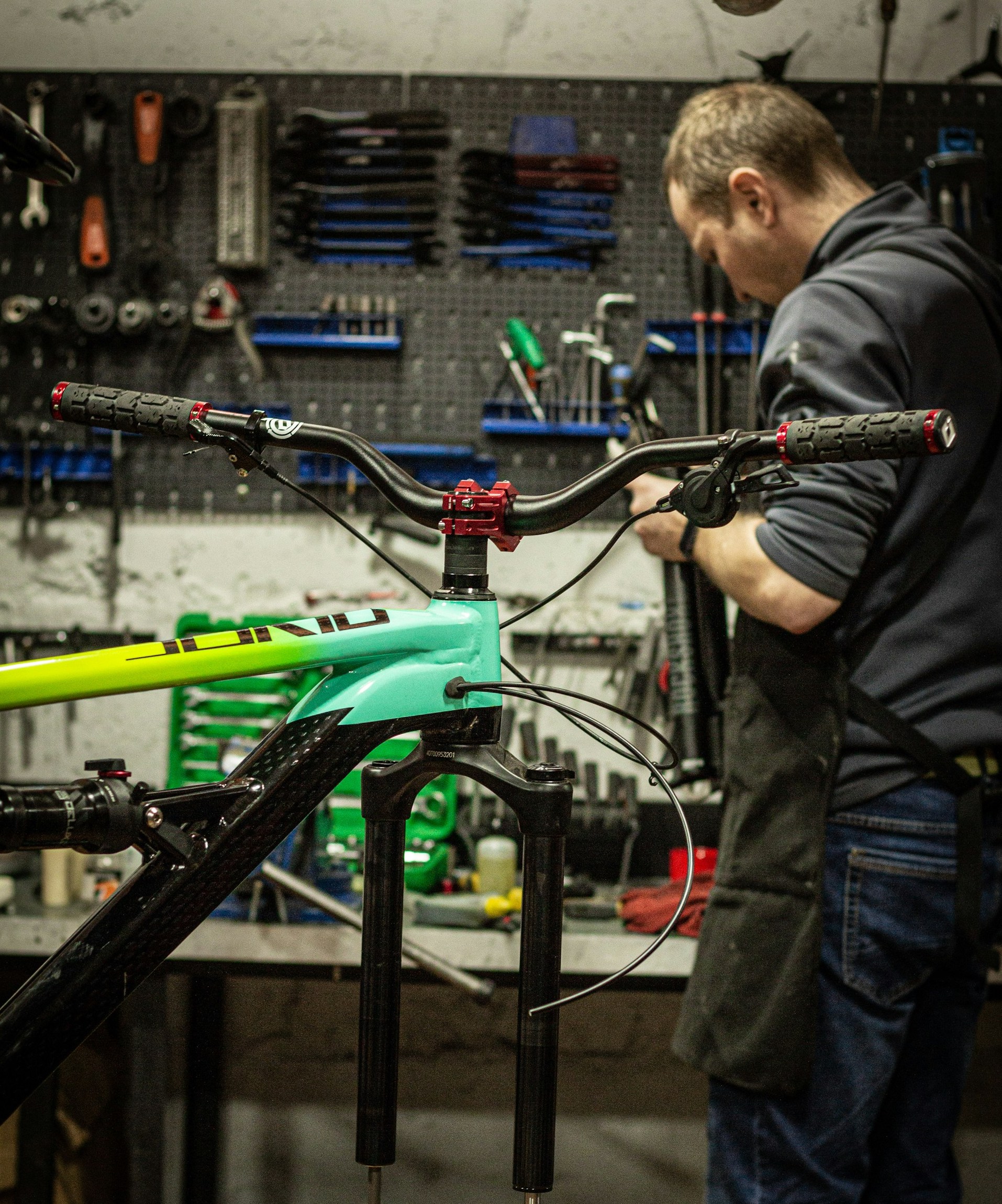
E-bikes cost more to maintain than regular bikes, but less than most people expect. Here’s what to budget annually:
Basic Maintenance (DIY): $100-200/year
• Chain and cassette replacement
• Brake pads and cables
• Tire replacement
• Basic cleaning and lubrication
Professional Service: $200-400/year
• Annual tune-up and inspection
• Motor software updates
• Electrical system diagnostics
• Brake and shifting adjustments
Battery Replacement: $400-800 (every 3-5 years)
• Depends on usage and care
• Quality batteries last longer
• Replacement costs are dropping as technology improves
Insurance and Storage: $100-300/year
• Theft protection (highly recommended)
• Secure storage solutions
• Weather protection for outdoor storage
The biggest maintenance difference is electrical components. Motors rarely fail but require specialized service when they do. Batteries need proper care—avoid extreme temperatures and don’t store at full charge for extended periods.
Most e-bike maintenance is identical to regular bike maintenance. The additional costs come from electrical system servicing and eventual battery replacement. Budget $500-700/year total for a heavily used e-bike, less for occasional riders.
This comprehensive guide covers the real-world decisions every e-bike buyer faces. The key is matching your actual needs to available technology, not getting caught up in marketing claims or specifications that don’t affect your riding experience.
Whether you’re commuting, exploring trails, or just making regular bike rides more enjoyable, the right e-bike can genuinely change how and how much you ride. Just be honest about your needs, realistic about your budget, and prepared for the ongoing costs of electric bike ownership.


